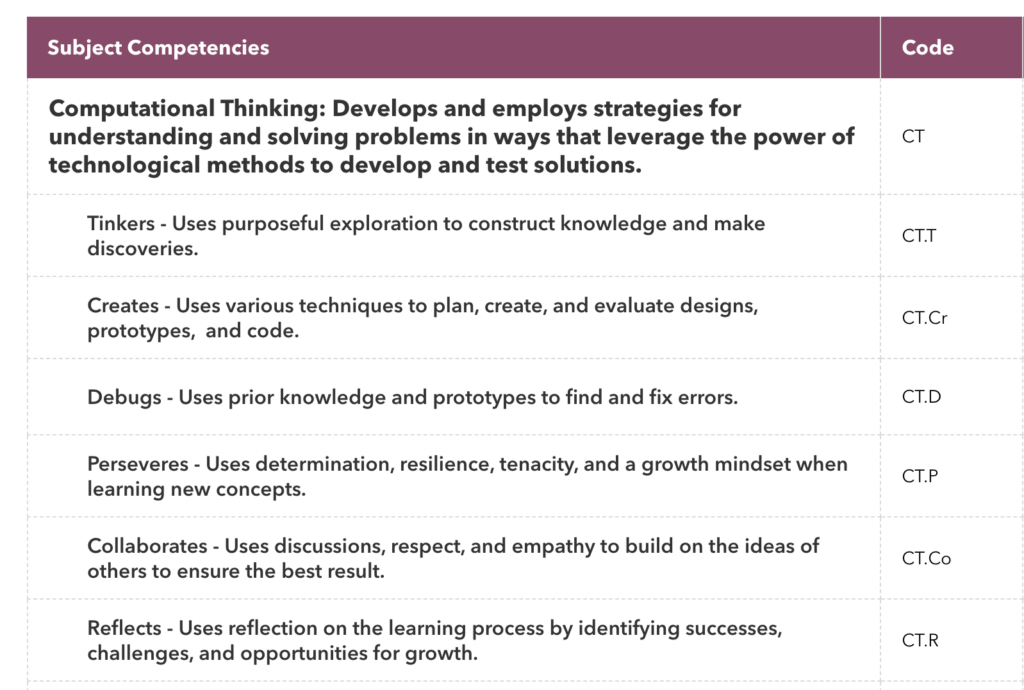
This elective will reinforce and build on computational thinking, problem-solving, and beginning programming concepts introduced in the Computer Science Exploration. Students will create their projects using the design-thinking process. While each student will have agency in designing their project, the common theme will be proposals that address the 17 Sustainable Development Goals.
Students will have access to 3D creation and printing tools, physical computing materials, desktop computers, virtual reality creation tools and hardware, various programming platforms, drones, robots, and other programmable tools. There will be no assigned work outside of class, and students are encouraged to continue working on any project they are developing on their own time.
Using the tools available, learners will tackle problems that may not have solutions or have multiple types of solutions. They will use current research and practices to apply their knowledge and improve their projects.
STEAM by Design is unlike any class students have been a part of. In many ways, it is not simply a class but a learner-directed learning opportunity based on science, technology, electronics, art, and math. Students will be best positioned to succeed if they demonstrate the following qualities and interests:
- Self-directed in their learning
- Interest in coding, design, electronics, engineering, art, or robotics
- Skill in finding authentic problems
- Resilience in the face of potential failure
- Strong collaboration skills to support each other’s learning
- Honesty, trustworthiness, responsibility, and self-motivation
Areas Explored in STEAM by Design
- Design Thinking and Student Agency. We start the year by delving into design thinking using Extraordinaire Kits and viewing Divergent and Convergent Thinking videos by Sir Ken Robinson and John Spencer. We watch these two videos to shake up what school and learning are or could be for students. The Most Likely to Succeed movie.
- 3D Design and Printing will involve using Tinkercad to create projects that successfully print on the FlashForge Adventure or Sindoh 3DWox printers. Students can use OnShape CAD software as determined by their project needs.
- Coding will involve using Durham Academy’s subscription to CodeMonkey. For Creative Coding, we will use the Open-Source platform P5.js, which works well in Chrome on the iPad and is Accessible and Inclusive. We also are experimenting with Project STEM and Code.org.
- Physical Computing with Birdbrain Hummingbird Micro:bit Programmable Kits. We now have Adafruit Circut Playground Express and Adafruit Crickit so we may combine this learning with the Electronics unit as well.
- Virtual and Augmented Reality uses CoSpaces.io and Meta Quest headsets.
- Drones use Tello Drones, while Robots use Lego Spike Prime or Lego Mindstorms EV3 kits. We also have Sphero Bolts and iRobot Root robots.
- Soldering will include developing safe and effective soldering skills. Students will solder and create the Hue project from Learn to Solder
- Electronics will involve building an Arduino-powered breadboard using the kits from Arduino Education.
- Sustainable Development Goal or other Challenge as a culminating activity.
Check out Middle Voices, a podcast done by our students.

